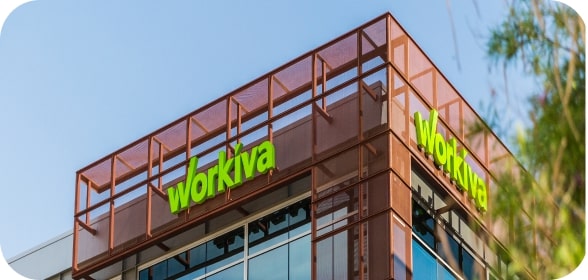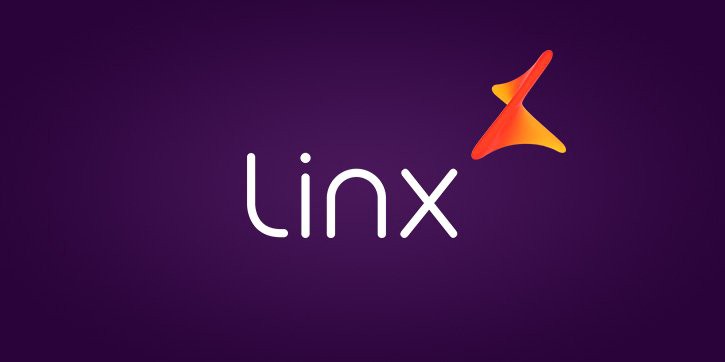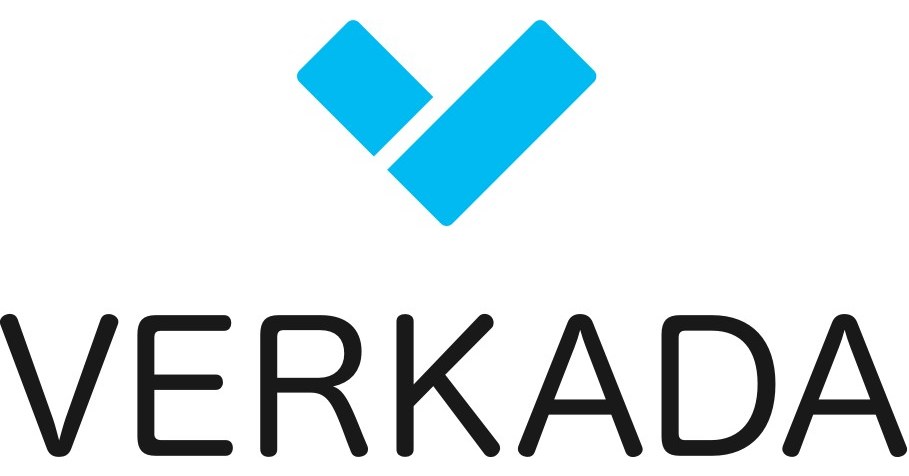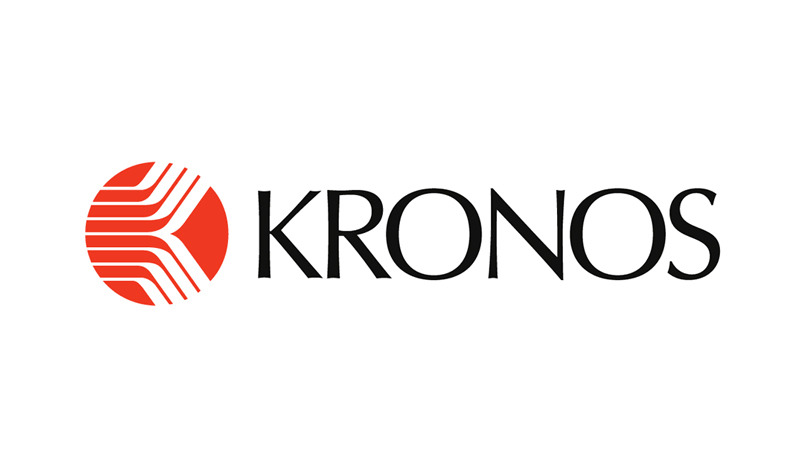Workiva, A SaaS Company Providing Transparent Reporting.
Workiva is amongst the best cloud platform for open and transparent reporting. This managed, secure, audit-ready cloud platform houses the company’s fit-for-purpose technological solutions, which streamline operations, connect teams and data, and maintain consistency.
About the Company
Workiva is a global SaaS company headquartered in Iowa, USA. It offers a cloud-based platform for linked and compliant reporting that enables the usage of data integration and automates reporting for finance, auditing, risk, and compliance. Workiva offers the top cloud platform in the world for reporting on regulations, finances, and environmental, social, and governance (ESG) issues. For some of the most difficult reporting and disclosure problems, Workiva offers SaaS solutions to more than 4,300 companies. The company’s networked cloud platform is used by people all over the world to ease their most complicated reporting difficulties by enabling interaction and greater connection to existing work streams. In 2022, the company found its name on Fortune’s 100 Best Companies to Work For for four consecutive years.

History
In 2008, Workiva was established in California by six businessmen as WebFilings LLC. In 2014, the firm’s name was changed to Workiva LLC and later transformed into a Delaware LLC. In 2014, the corporation went public through an IPO on the NYSE. In 2020, Workiva debuted W for ESEF. It is a way to assist European businesses in meeting the reporting standards set forth by the European Securities and Markets Authority (ESMA). The technology enables businesses to create reports, tag data, and put together the whole ESEF submission package. IN 2021, the company joined the Global Compact CFO Taskforce of the UN, making it the first SaaS company to do so. Later in 2021, Workiva acquired OneCloud and made its first acquisition. Workiva also acquired a global provider of audit information and services AuditNet.
Products
Wdesk, a cloud-based workplace SaaS platform that enables businesses to gather, organize, report, and understand vital business information in real time, is the main product of Workiva. Companies can manage and submit compliance and financial records to regulatory agencies using Wdesk. The Wdesk platform combines data from various content formats, such as spreadsheets, presentation documents, emails, and other unstructured information, into a single cloud-based report. Wdata, a product of Workiva, enables users to link sizable information datasets to the Workiva framework. Its goal was to make Wdesk more functional. Wdata links information from cloud apps, third-party on-premise systems, governance, risk, and compliance platforms, as well as other sources. Wdata’s platform was enhanced by Workiva in 2019 to incorporate upgrades, approval workflows, connections for finance and accounting, risk and control integrations, and better-controlled access features. Additionally, the company connected its platforms with financial closing software maker BlackLine. Later Workiva partnered with financial close management software provider FloQast. The two provide compliance and reporting solutions for both public and private businesses, as well as for use both before and after an IPO issue.
Founder – Jeffrey Trom
Workiva was founded by Jeffrey Trom. He is the company’s VP and CTO. Jeff was a co-founder of Engineering Animation International(EAI) before joining in 2008. He spent ten years overseeing software architecture, development, and deployment as the company’s CTO.
CEO – Marty Vanderploeg
Marty Vanderploeg, the CEO of Workiva, was a co-founder of EAI and served as its CTO and executive VP until UGS Corp. bought the company in 2000. His expertise in growing software businesses from start-ups to both private and public international corporations spans more than 30 years Marty is renowned for his expertise in the technology field, including his work as a technology businessman and the development of computer-aided design tools used in forensic and medical applications.

I am a law graduate from NLU Lucknow. I have a flair for creative writing and hence in my free time work as a freelance content writer.







